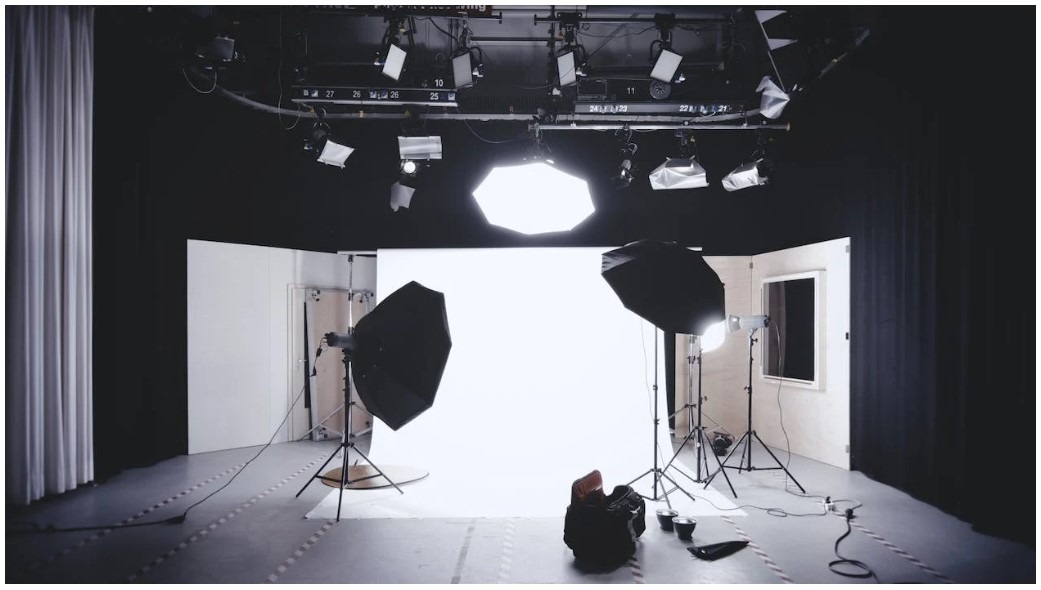The Photography field has become a very big industry because everyone would want their pictures taken by a professional as a way of preserving memories. Any photographer who has been doing freelance projects harbors the ambition to set up their studio at some point in their careers. This transition is not an easy one because it can be quite expensive, overwhelming, and might also require a lot of attention to detail.
Before making any drastic decisions, you’ll want to start small as you build your photography career. Buying over-the-top types of equipment can help with your photography business but then again, you need to have an established market. The tips listed below should help to guide you through on how to build your home photography studio.
Equip Yourself
You need the right photography equipment to start your career. As mentioned earlier, your photography equipment doesn’t need to be top-shelf equipment, especially when starting out. All you need are the basic photography tools like camera tripod, ring light, memory card, Lenses, backdrop, etc. and you are good to go. It’s for this reason that most people are using photoshop and others ready to use tools in photography. When it comes to your home photography studio, there are custom backdrops for photographers that can be utilized to take some spectacular pics. Additionally, you might also consider template backgrounds depending on the client’s specifications. All it takes is some research on the available resources, and you are solid.
In a world where there are a lot of options to choose from, picking out your starting equipment can be very challenging, considering your budget, quality, and how much you need. It may seem unrealistic to go buying everything you see when you don’t need much to get your studio up and running. As much as you want to make your studio grand, it should be able to give you value for your money in terms of profits, which will later help you invest in the best. You can open up your place with a few essential tools that play major roles. Such might include Flash triggers, Lights, Lastolite, and light modifiers. These will help you have a great startup to help provide your clients with the best products.
Determine The Size Of Your Studio
The decision about how big the studio should be will be determined by the number of tools you’ll have. Honestly, you don’t need a very big place for your home studio because this would only take up more unnecessary space, given that you won’t have a lot of equipment to start with. While a small space needs some adjusting, you’ll need to form economical habits to help with your business. It will be cheaper this way, plus, it will save you money on renting a bigger photography room. The thing is to work with what YouTube got. Consider upgrading the available photography room to fit into your specifications.
Establish A Portable Or Constant Location
Before getting a new place or converting any room into a photography room, you have to put some thought into whether you want your studio to be in a permanent location or you would be willing to move around doing your projects. This will depend on the projects you major in; you could be big on outdoor and product photoshoots or get more clients who want portrait pictures.
Either option is great for business because, and here’s the thing, at the end of the day, you’ll still need a home office to work from. This means that you can still bring your work home, especially when you have deadlines to beat. Having photography equipment that is easy to carry around will ensure that you can get your outdoor projects done in good time.
Seal Off Ambient Light
When setting up your home studio, it is extremely important to keep the natural ambient light outside if the quality of your pictures is to be top-notch. Just to make you understand better when ambient light collides with your lighting setup, and the camera flashes in the studio, it might corrupt the quality of your end product. This is not saying that you put up your studio where there is no light. No! But you can work with minimal natural ambient light if you want to keep your clients happy and to ensure that they return.
Freelance photography is a commendable and independent step to kick off your career as a professional photographer. Building your home photography studio is a bigger step towards success in such a thriving industry. Even though it may seem like a difficult and long process, the end results will be satisfying.

